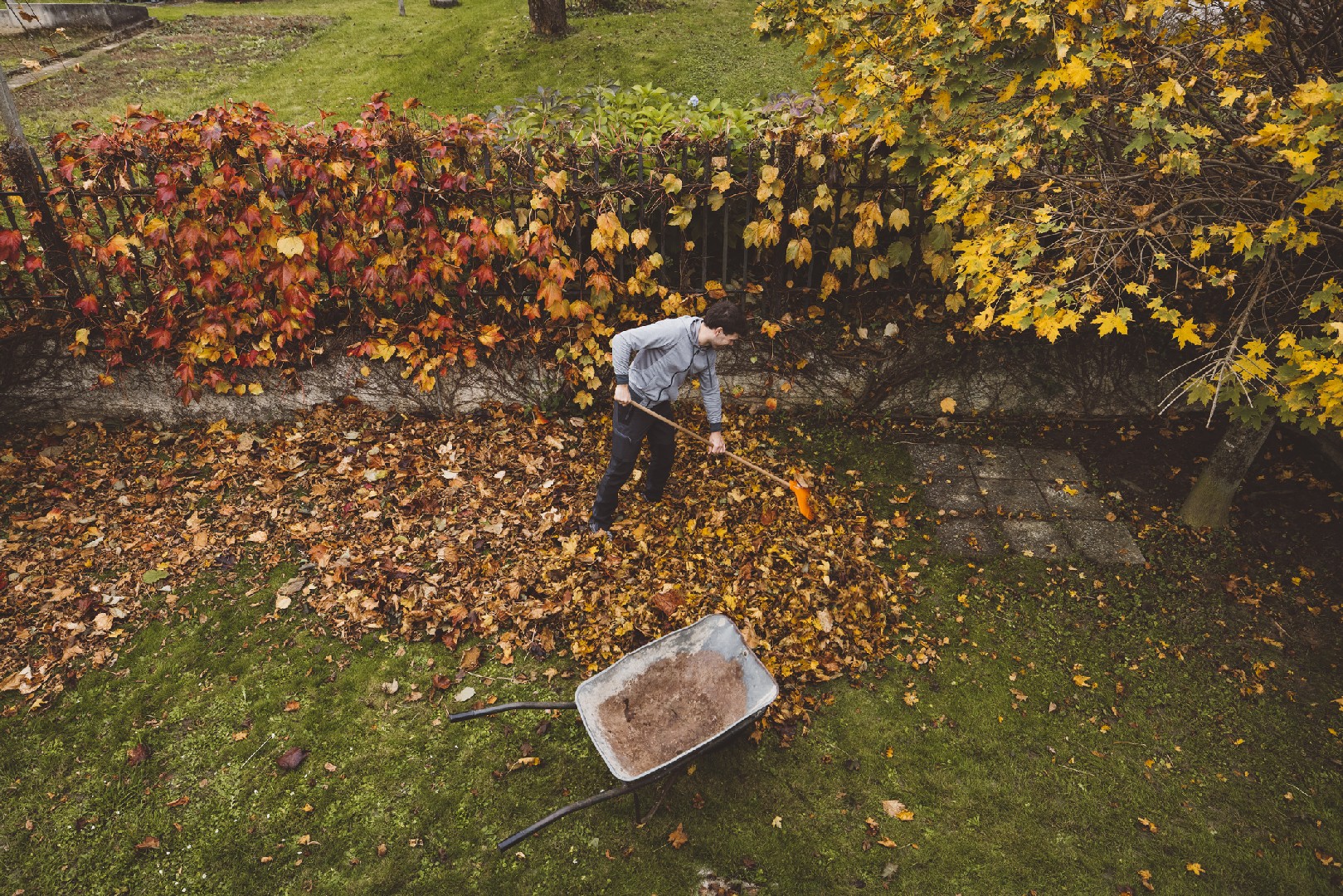![Rectangle]()
Understanding the Importance of Seasonal Garden Care
As the seasons change and the vibrant colors of autumn start to fade, it is crucial to understand the importance of seasonal garden care to ensure the health and beauty of your garden throughout winter. Neglecting the transition from autumn to winter can have significant consequences for your garden's overall health and vitality.
One of the primary reasons why seasonal garden care is essential is to prepare your plants for the harsh winter conditions. Cold temperatures, frost, and lack of sunlight can be detrimental to many plants, especially those that are not properly prepared. By taking the time to understand the specific needs of each plant in your garden, you can ensure they are adequately protected and able to survive the winter months.
Proper autumn cleanup is another crucial aspect of seasonal garden care. Removing fallen leaves, dead plants, and debris from your garden not only improves its aesthetic appeal but also prevents the growth of diseases and pests. Insects and rodents often seek shelter in leaf litter and decaying plants during the winter, which can lead to infestations and damage to your garden. By thoroughly cleaning your garden and removing any potential hiding spots, you can significantly reduce the risk of pest infestations.
Additionally, preparing your garden for winter can provide numerous benefits in the long run. For example, by cutting back perennials and pruning shrubs during the autumn, you can encourage new growth in the spring. This promotes healthier and more vigorous plants, resulting in a more beautiful garden overall. Furthermore, winter preparation allows you to identify and address any underlying issues or damage that may have occurred during the summer or autumn. By addressing these issues early on, you can prevent further damage and ensure the longevity of your garden.
To effectively prepare your garden for winter, there are several methods and skills you can employ. Firstly, it is essential to assess the specific needs of each plant in your garden. Some plants may require additional protection, such as covering them with burlap or mulching around their base, to shield them from the cold. Secondly, pruning plays a crucial role in winter preparation. Cut back any dead or damaged branches, ensuring that you make clean cuts to promote healing. Additionally, removing spent flower heads and cutting back perennials can help redirect the plant's energy towards strong root development.
Other practical tips include regularly monitoring and adjusting your garden's watering schedule. As the weather gets colder, plants require less water. However, it is still essential to provide them with enough moisture to survive. Additionally, consider adding organic matter, such as compost or well-rotted manure, to improve the soil's fertility and structure. This will provide nutrients for your plants and promote healthy growth.
In conclusion, understanding the importance of seasonal garden care is crucial for maintaining a healthy and beautiful garden throughout the winter months. By properly preparing your garden for winter, you can protect your plants from harsh conditions, prevent the growth of diseases and pests, and promote long-term plant health. By employing methods such as assessing plant needs, pruning, and adjusting watering schedules, you can ensure the vitality of your garden. So don't neglect the autumn to winter transition – take the time to care for your garden, and you will be rewarded with a thriving and vibrant outdoor space come spring.





